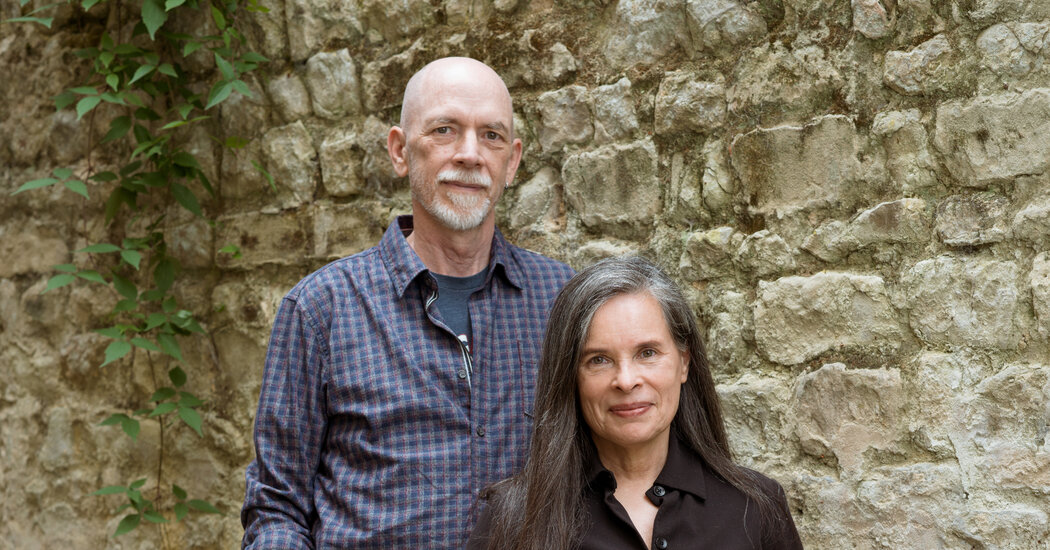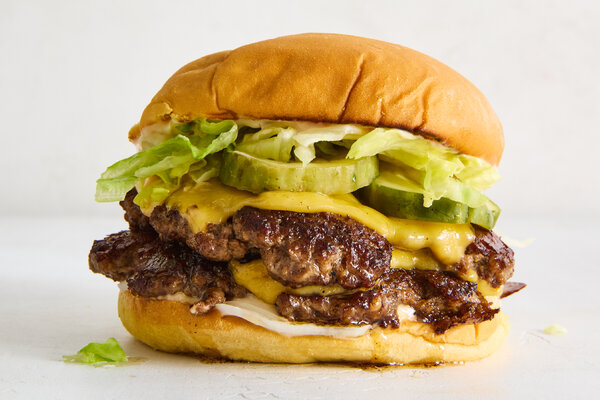Earlier this year I was lucky enough to spend a week abroad. Everyone seemed to be wearing neutrals, along with dark greens and black. The only person I saw wearing a bright color was me. Is a “pop of color” the new signal, like sneakers, fanny packs and staring at Google Maps, that someone is a tourist? — Lynn, Cazenovia, N.Y.
This reminds me of one of the more famous scenes in the “Barbie” movie — you know, the one where Barbie (Margot Robbie) and Ken (Ryan Gosling) break out of Barbieland and into the real world and buy neon pink and yellow ’80s-style workout clothes to wear while rollerblading. Everyone around them is in slacker army green and black. Barbie and Ken stick out a mile, tourists from another universe.
In this, as in so many other dimensions in that film, Greta Gerwig knew what she was doing.
Generally, as a guest in someone else’s country or culture, the goal is to behave as respectfully as possible, which is to say: Don’t make it all about you. You are there to experience, learn and appreciate, and a certain humility and awareness of your own intrusion is a good look. That means, when it comes to dress, try, at least in the beginning, to blend in.
The easiest way to do that is to opt for neutrals: black, cream, gray, beige, olive green. There is a reason these are universal camo colors. That they also happen to be some of the colors of the moment is not entirely a coincidence. (In December, Pantone predicted that the 2025 color of the year would be “mocha mousse,” a sort of sludgy brown.)
Indeed, a quick poll of some colleagues in different international bureaus of The New York Times suggests that neutrals and darker shades are the default dress of choice, especially in urban centers. You can understand it. Spring may be here, but these are not exactly sunny times.
Daphné Anglès, an editor and the manager of our Paris bureau, said that in France, “people wearing flashy-colored clothes stand out.” She continued: “The most popular colors are hues of blacks, dark greens and blues, beiges. Wear a bright colored scarf in the metro, and it’ll draw frowns.” I can attest that this is also true in London and Milan, the other main fashion week centers.
Motoko Rich, our Tokyo bureau chief, said that in Japan, “you would stand out if you are not wearing black or gray.” If you see a color, she said, it’s usually on a tourist.
Some of this may have to do with the urban environment, which is generally colored in shades of stone, cement and steel. Often what we wear reflects our physical surroundings (it’s that camo thing again). If you are going hiking in Nepal, or going to the beach in Mexico, it’s obviously a different story.
Still, Ms. Anglès said, even in Paris there are some (ahem) bright spots: sneakers, to be specific. They have become such ubiquitous fashion items that they are no longer the badge of the tourist. “They are the true color statements of a cool Parisian these days,” she said. Especially in “bright orange, electric green and flashy yellows.”
(Stay away from other items of workout wear, however. Donning leggings and sports bras while touring historic monuments is like wearing a neon sign flashing “tourist.”)
There are also, however, some major geographic exceptions to the colors-are-for-tourists rule: India and Africa. Suhasini Raj, a reporter in our New Delhi office, said the norm in India was “an explosion of colors, especially in desert states like Rajasthan, where it would be hard to find blacks and sedate colors” in the mix of indigo blue, fuchsia pink and turquoise tops, kurtas and stoles.
Ruth Maclean, who is our West Africa bureau chief and lives in Senegal, said much the same. “I can’t remember the last time I saw anyone in neutrals,” she noted. “And it’s not about pops of color, either. It’s full-blown, head-to-toe color and prints for the most part.”
Your Style Questions, Answered
Every week on Open Thread, Vanessa will answer a reader’s fashion-related question, which you can send to her anytime via email or Twitter. Questions are edited and condensed.




